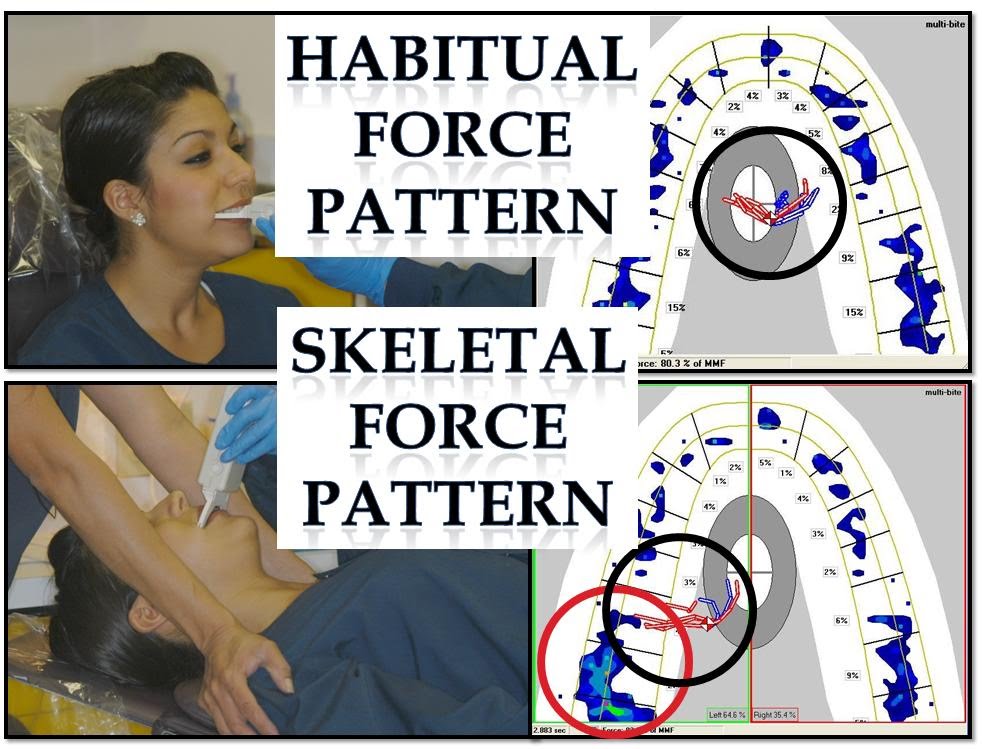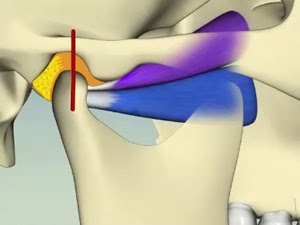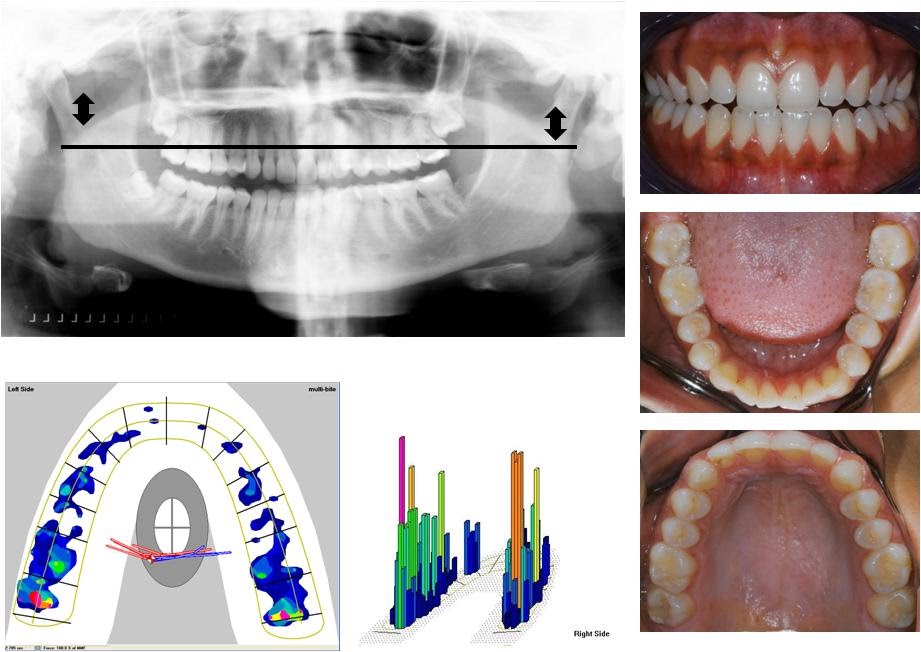An Occlusion Department could perform many procedures that are currently ignored, skipped, or done haphazardly. It would raise the standard of oral care delivered by your practice.
An Occlusion Department collects, analyzes, and stores information that allows the early identification of occlusal dysfunction and what can be done to prevent further deterioration.
The ultimate goal in the treatment of the stomatognathic system is to center the mandible on the cranium. Finding, correcting, and maintaining a healthy resting position is easier said than done. Mandibles that function independently from maxilla present minimal clinical concerns. However, a mandible under stress will provoke an adaptive response in TM joints, in muscles, in teeth, or in periodontal anatomy. The Occlusion Department finds the areas where the anatomy is stressed, determines the degree of maladaptation, proposes and executes corrective treatment.
Your business must have a system, a plan, or a department to address occlusion. An Occlusion Department will allow you to reverse occlusal maladaptation and ultimately transform your dental practice into a more profitable and comprehensive oral wellness practice.

Diagnostic tools:
- digital photography
- digital radiography
- digital image recording (JVA, electromyography)
- force scans
Administrative goals:
- To collect, collate, store, and update patients’ electronic and paper records
- To collect information to be used as a baseline when reviewing patients’ records during re-care appointments.
Financial goals
- To educate and motivate patients to complete comprehensive treatment plans
- To grow market share by increasing the practice’s referral base
- To generate 25% of a dental practice annual income by establishing comprehensive treatment sequences following occlusion-related diagnoses while the Hygiene Department and the Restorative Department respectively contribute 25% and 50% of revenues.
- To create the opportunity of adding supplemental income-producing procedures:
- intraoral and extraoral potographs
- radiology and study models for analysis and consultation
- force analysis
- intensity (single 3-D close tight)
- distribution of contacts (2-D plane)
- center of force analysis (2-D and 3-D views)
- HFP (habitual force pattern)
- SFP (skeletal force pattern)
- comprehensive exam, including:
- muscle exam
- ligament exam
- teeth, abfraction, and recession exam

Specific occlusal treatments for TMD and for chronic pain patients as well as for patients with anxiety or sleep issues:
- splint therapy
- posture therapy
- orthodontic treatment
- restorative treatment
- equilibration
- craniodontics
Therapeutic goals:
- To balance the mandible to cranium relationship at rest
- To center the mandible to cranium in contact
- To improve the envelope of function and monitor it over time


